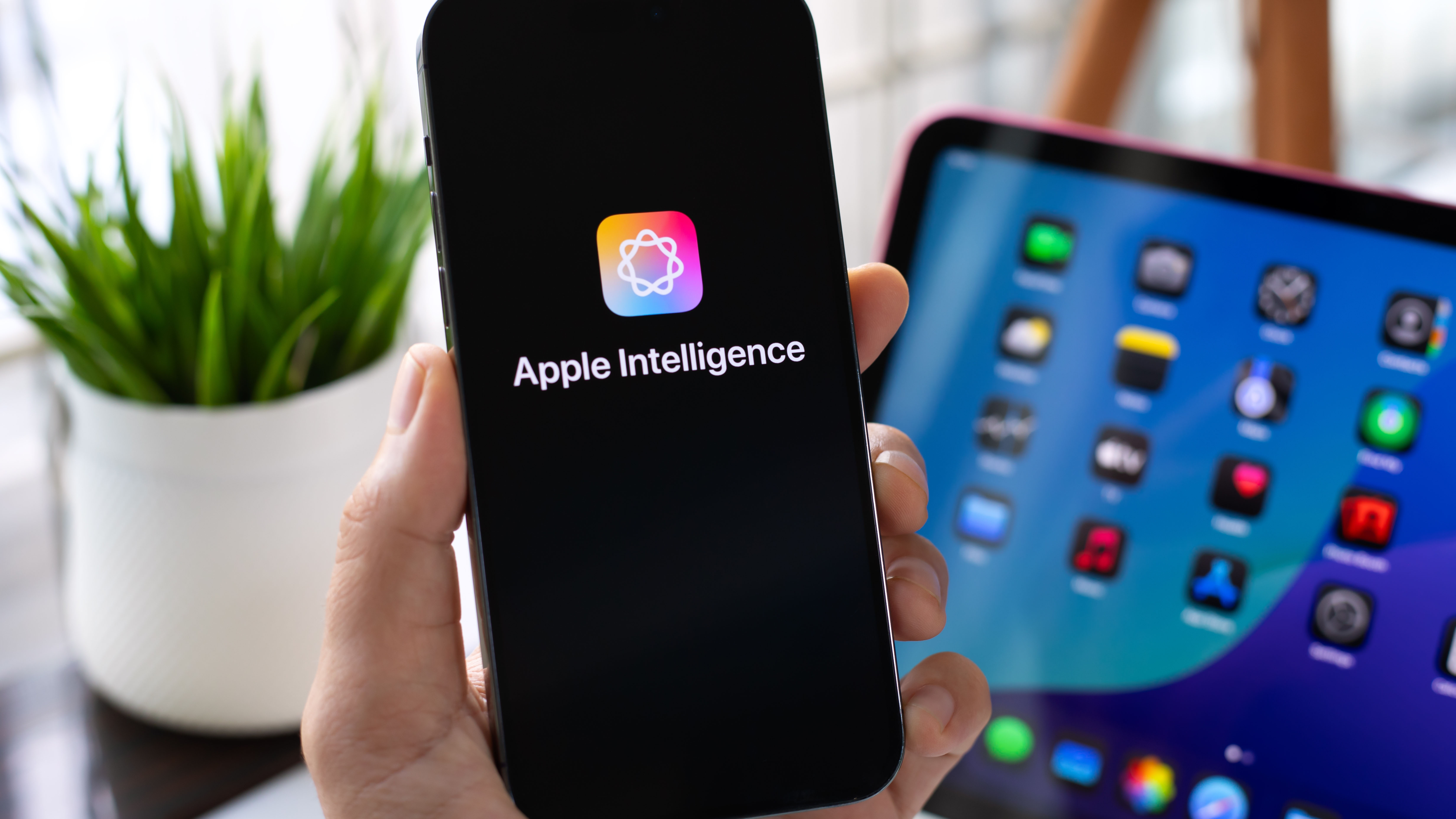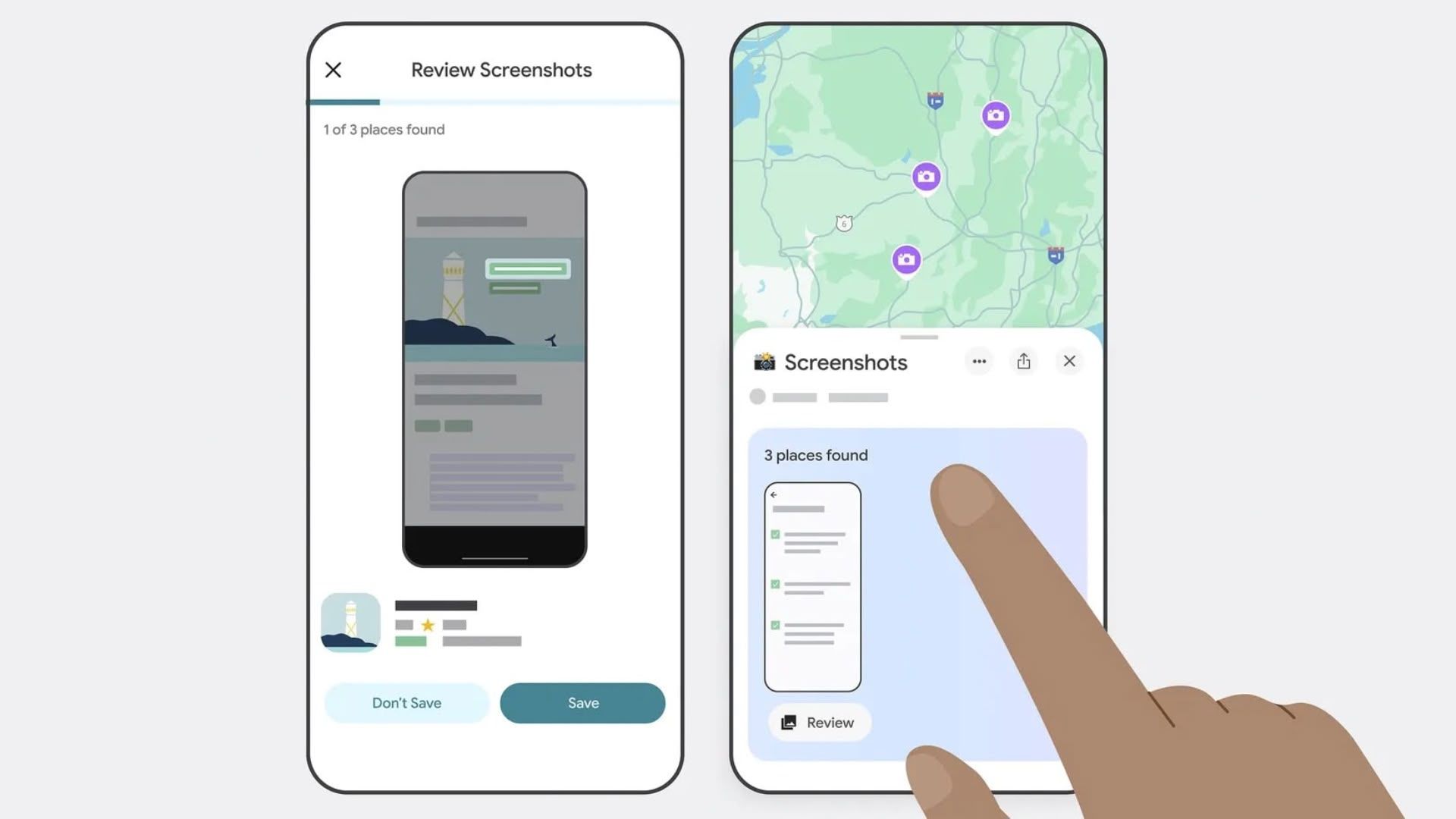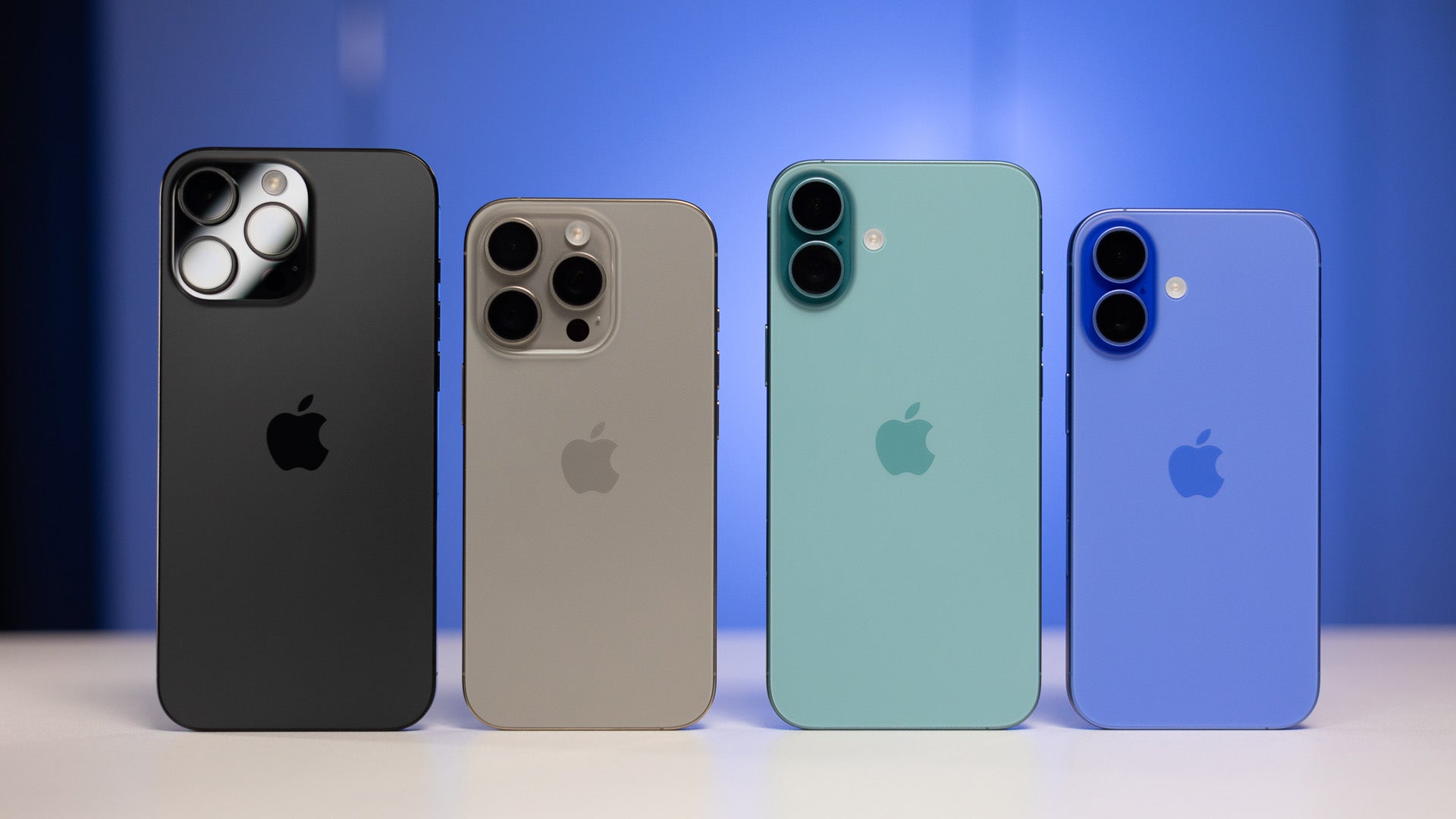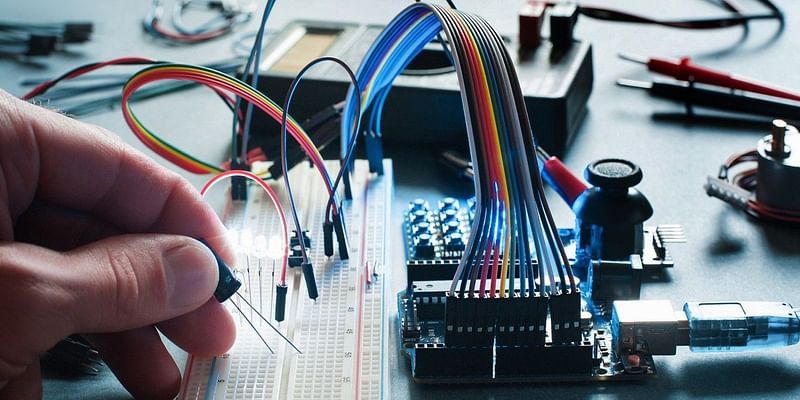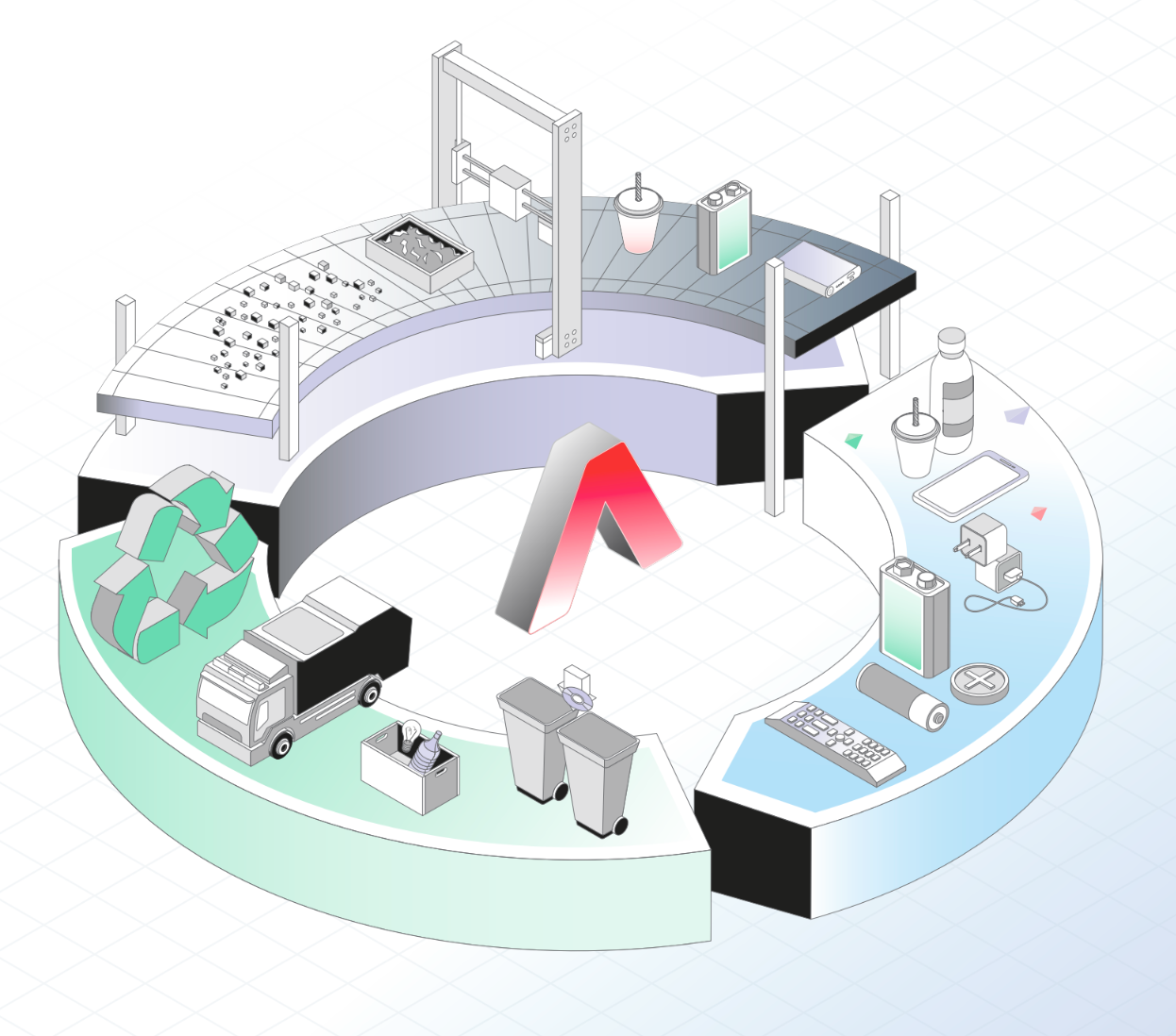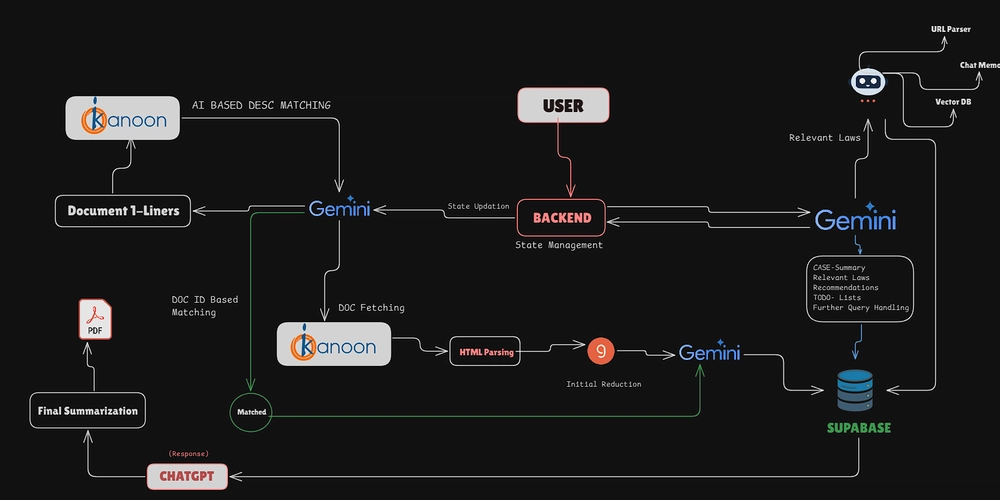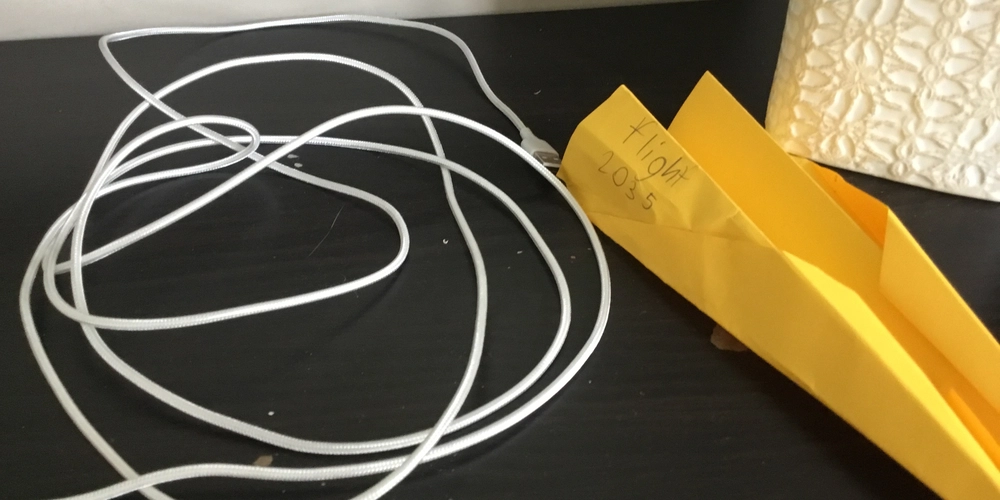Image Processing with Programming
Image processing is a field of computer science that involves manipulating digital images through programming. It’s widely used in applications like facial recognition, medical imaging, autonomous vehicles, and graphic design tools. With just a bit of code, developers can analyze, transform, and enhance images in powerful ways. What is Image Processing? Image processing is the technique of performing operations on images to extract information or produce a new version of the image. This can include adjusting brightness, applying filters, detecting edges, or even recognizing objects. Common Applications of Image Processing Photo editing software Face and object detection Medical image analysis (e.g., X-rays, MRI scans) Traffic and surveillance systems Autonomous vehicle navigation Optical character recognition (OCR) Popular Programming Languages for Image Processing Python: Most popular due to libraries like OpenCV, Pillow, and scikit-image. Java: Used in Android development and JavaCV. C++: Offers speed and is widely used with OpenCV. MATLAB: Preferred in academia and research for prototyping. Key Libraries and Tools OpenCV: Open-source computer vision library with support for real-time processing. Pillow (PIL): Python Imaging Library, great for basic image manipulation. scikit-image: Image processing module for SciPy in Python. Tesseract: Optical character recognition engine. Basic Image Processing Operations Reading and displaying images Resizing and cropping Color adjustments (brightness, contrast, etc.) Blurring and sharpening Edge detection and filtering Image transformation (rotate, flip, etc.) Sample Code in Python Using OpenCV import cv2 Load an image image = cv2.imread('example.jpg') Convert to grayscale gray = cv2.cvtColor(image, cv2.COLOR_BGR2GRAY) Apply Gaussian blur blurred = cv2.GaussianBlur(gray, (5, 5), 0) Edge detection edges = cv2.Canny(blurred, 50, 150) Show the result cv2.imshow('Edges', edges) cv2.waitKey(0) cv2.destroyAllWindows() Advanced Topics Feature detection: Detecting faces, eyes, or corners in images. Image segmentation: Dividing an image into parts or objects. Machine learning with images: Classifying and recognizing objects using AI. Augmented Reality (AR): Overlaying digital content on real-world images. Best Practices Use high-resolution images for better analysis. Understand the color space (RGB, HSV, Grayscale) of your images. Pre-process images to remove noise before applying complex algorithms. Test algorithms on multiple image datasets for accuracy. Conclusion Image processing with programming opens up countless possibilities in software development, AI, and beyond. With tools like OpenCV and Python, even beginners can start building projects involving image analysis, transformation, and recognition. Dive in, experiment, and bring your visual ideas to life!


Image processing is a field of computer science that involves manipulating digital images through programming. It’s widely used in applications like facial recognition, medical imaging, autonomous vehicles, and graphic design tools. With just a bit of code, developers can analyze, transform, and enhance images in powerful ways.
What is Image Processing?
Image processing is the technique of performing operations on images to extract information or produce a new version of the image. This can include adjusting brightness, applying filters, detecting edges, or even recognizing objects.
Common Applications of Image Processing
- Photo editing software
- Face and object detection
- Medical image analysis (e.g., X-rays, MRI scans)
- Traffic and surveillance systems
- Autonomous vehicle navigation
- Optical character recognition (OCR)
Popular Programming Languages for Image Processing
- Python: Most popular due to libraries like OpenCV, Pillow, and scikit-image.
- Java: Used in Android development and JavaCV.
- C++: Offers speed and is widely used with OpenCV.
- MATLAB: Preferred in academia and research for prototyping.
Key Libraries and Tools
- OpenCV: Open-source computer vision library with support for real-time processing.
- Pillow (PIL): Python Imaging Library, great for basic image manipulation.
- scikit-image: Image processing module for SciPy in Python.
- Tesseract: Optical character recognition engine.
Basic Image Processing Operations
- Reading and displaying images
- Resizing and cropping
- Color adjustments (brightness, contrast, etc.)
- Blurring and sharpening
- Edge detection and filtering
- Image transformation (rotate, flip, etc.)
Sample Code in Python Using OpenCV
import cv2Load an image
image = cv2.imread('example.jpg')Convert to grayscale
gray = cv2.cvtColor(image, cv2.COLOR_BGR2GRAY)Apply Gaussian blur
blurred = cv2.GaussianBlur(gray, (5, 5), 0)Edge detection
edges = cv2.Canny(blurred, 50, 150)Show the result
cv2.imshow('Edges', edges)
cv2.waitKey(0)
cv2.destroyAllWindows()
Advanced Topics
- Feature detection: Detecting faces, eyes, or corners in images.
- Image segmentation: Dividing an image into parts or objects.
- Machine learning with images: Classifying and recognizing objects using AI.
- Augmented Reality (AR): Overlaying digital content on real-world images.
Best Practices
- Use high-resolution images for better analysis.
- Understand the color space (RGB, HSV, Grayscale) of your images.
- Pre-process images to remove noise before applying complex algorithms.
- Test algorithms on multiple image datasets for accuracy.
Conclusion
Image processing with programming opens up countless possibilities in software development, AI, and beyond. With tools like OpenCV and Python, even beginners can start building projects involving image analysis, transformation, and recognition. Dive in, experiment, and bring your visual ideas to life!









































































































































































![[The AI Show Episode 146]: Rise of “AI-First” Companies, AI Job Disruption, GPT-4o Update Gets Rolled Back, How Big Consulting Firms Use AI, and Meta AI App](https://www.marketingaiinstitute.com/hubfs/ep%20146%20cover.png)










































































































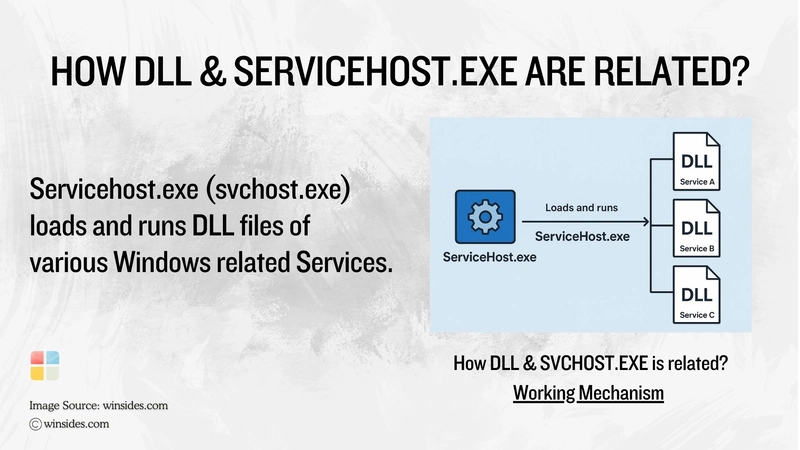














![[DEALS] The Premium Python Programming PCEP Certification Prep Bundle (67% off) & Other Deals Up To 98% Off – Offers End Soon!](https://www.javacodegeeks.com/wp-content/uploads/2012/12/jcg-logo.jpg)














































































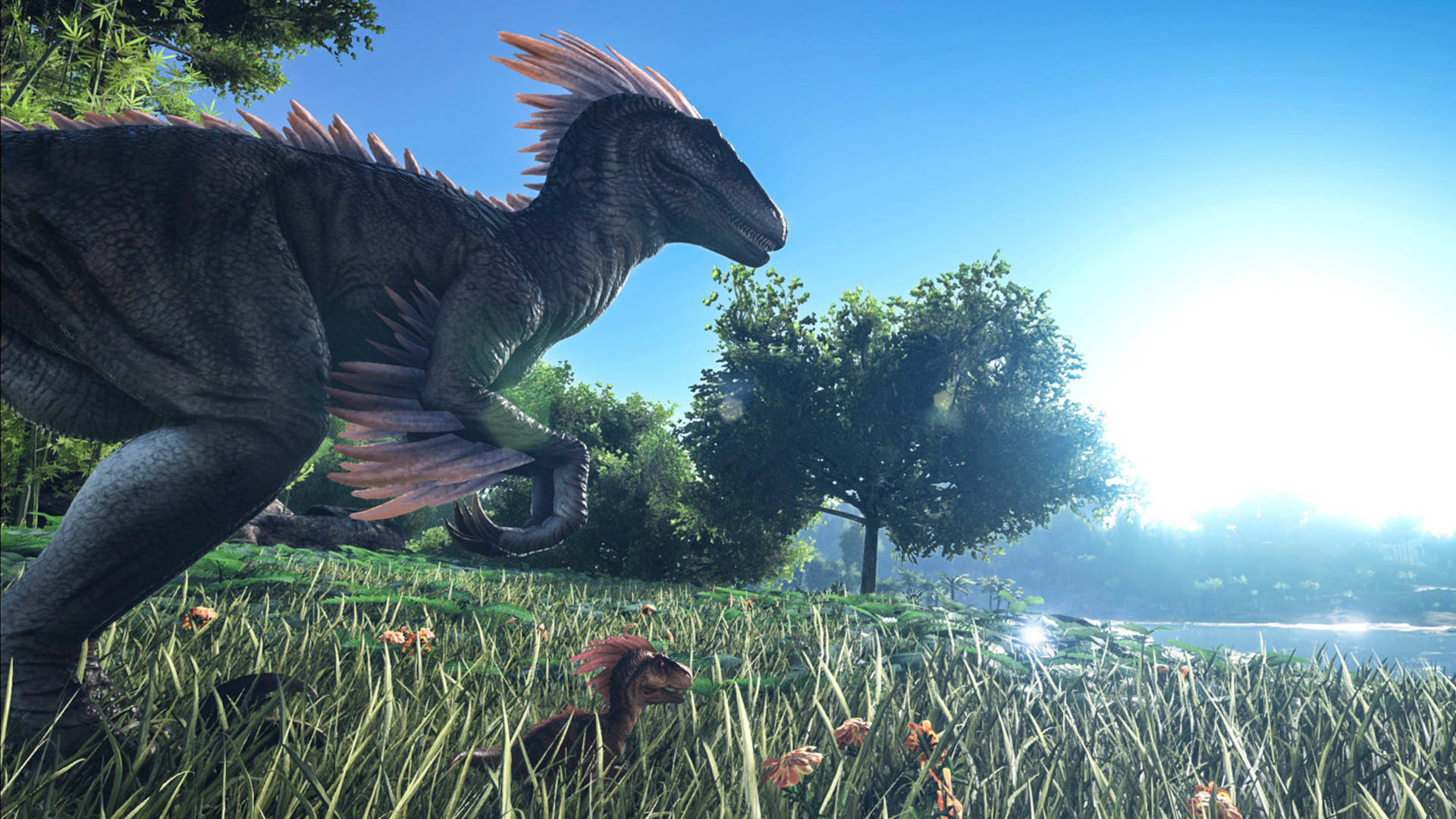

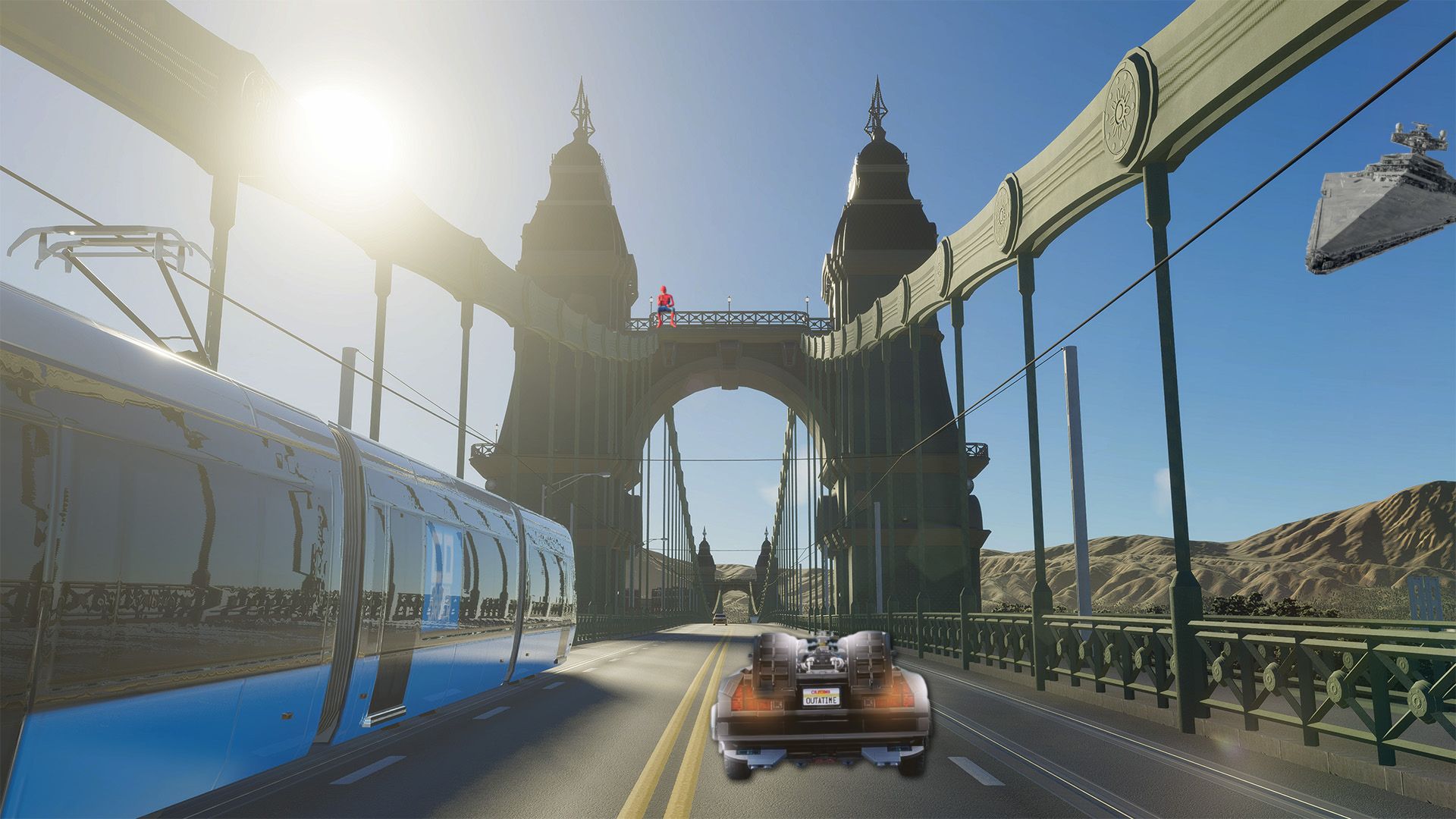


















































































































































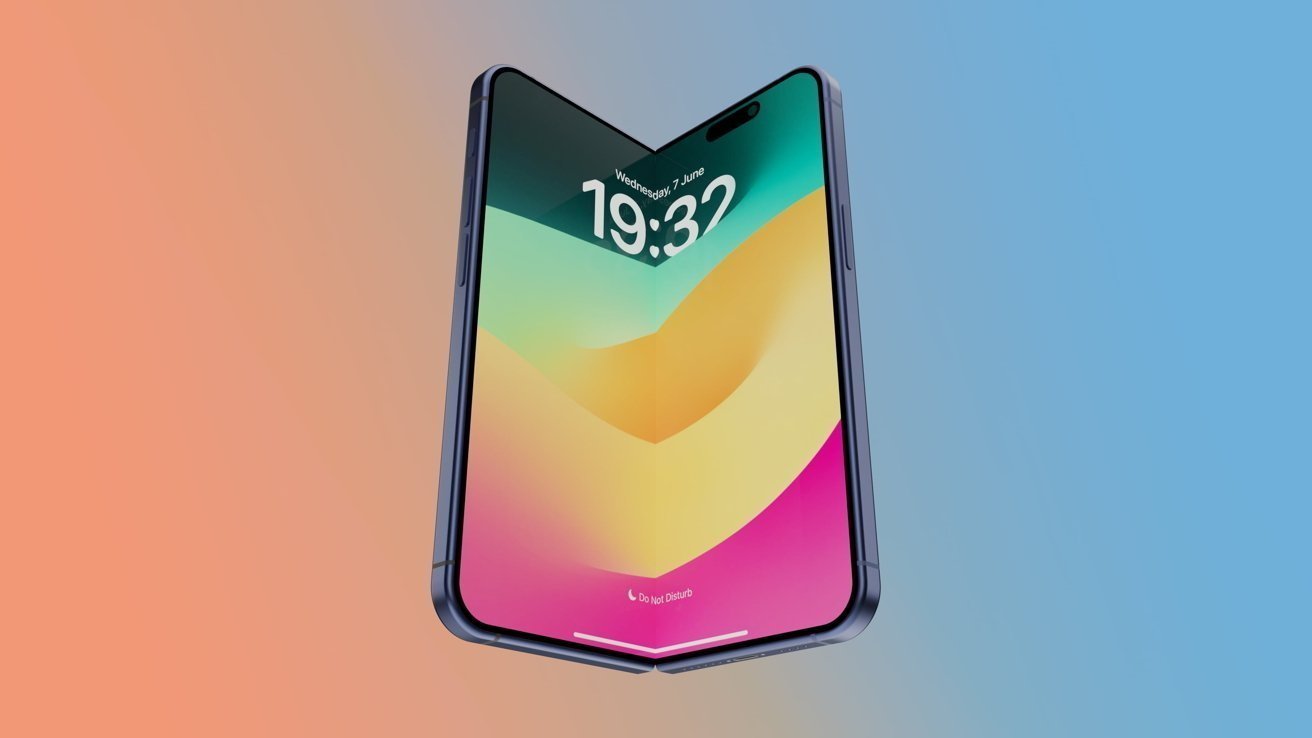













![Honor 400 series officially launching on May 22 as design is revealed [Video]](https://i0.wp.com/9to5google.com/wp-content/uploads/sites/4/2025/05/honor-400-series-announcement-1.png?resize=1200%2C628&quality=82&strip=all&ssl=1)













![Beats Studio Pro Wireless Headphones Now Just $169.95 - Save 51%! [Deal]](https://www.iclarified.com/images/news/97258/97258/97258-640.jpg)



















